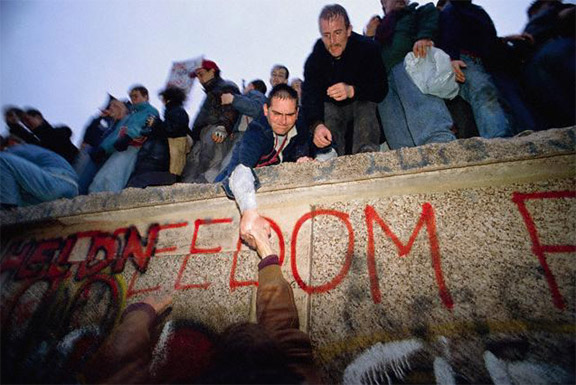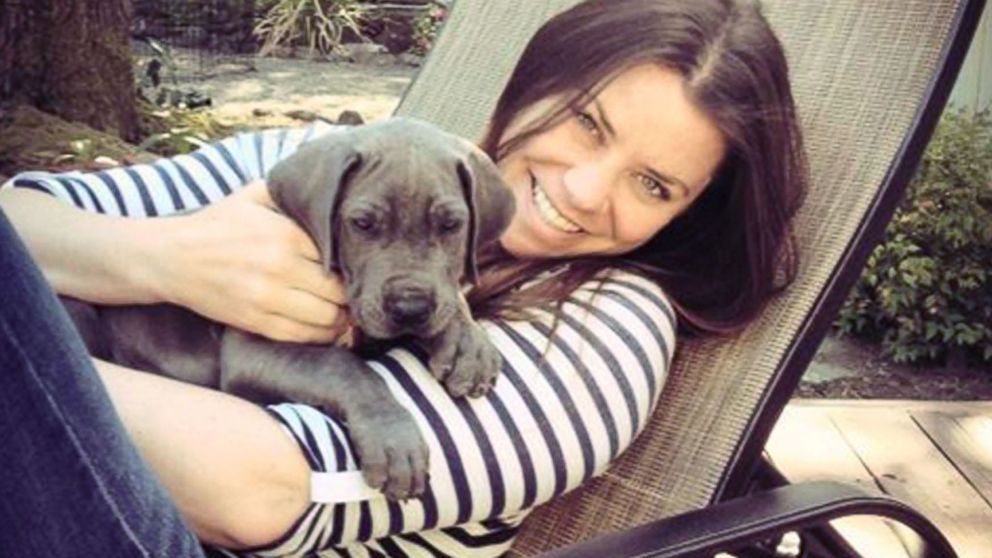There was another senseless, cowardly attack in Jerusalem this week, as two Palestinian cousins attacked a synagogue, killing five and injuring others. These were worshippers, and one of the seriously injured is an ex-pat Canadian, a 54-year-old father of ten. His family and friends describe him as a gentle, generous, devout man. A teen daughter says that the family is determined not to be caught up in a desire for vengeance because it is not what he would want.
I'm grateful that the moderator of our United Church quickly issued a statement about this situation, along with a prayer. We have been criticized for siding with the Palestinians, against Israel, an unfair characterization. We oppose violence and oppression, wherever it is found.
The Moderator of The United Church of Canada, the Right Reverend Gary Paterson, expressed deep sorrow upon hearing the news yesterday of the attack on worshippers at a synagogue in Jerusalem:
“I grieved to learn of yesterday’s attack on a synagogue in Jerusalem. It is horrifying to hear of any such violence, and particularly at a place of worship. I condemn this violence unequivocally, and join with others in condemning all violence between the peoples and communities of this region that has seen so much bloodshed in the name of religion.”
The tensions and tragedies of this city, holy to Jews, Christians, and Muslims, remind us of the need for all parties to continue to work intensively for a just peace in Israel/Palestine, and of the vital place that Jerusalem itself plays in that longed-for peace.
Prayer for Peace in Jerusalem
In this violent time, we turn to you, God, our help and our strength,
seeking guidance on how to faithfully respond
and
witness to the escalating tension in Jerusalem.
We cry with the community of worshippers at Kehilat
Bnei Torah synagogue,
and pray that you will provide those grieving with the comfort
and
healing that words cannot.
We long for sacred spaces, and
pray that all who seek to worship
can do so safely and without fear.
We respond to the concerns of our brothers and
sisters,
and
pray that this violence will not incite more violence.
We denounce all acts of violence,
and
pray for an end to all that acts as a barrier to a peace and justice for all.
We seek contrition, and
pray for forgiveness for all the ways that we have used your Word
to
justify pain, displacement, condemnation, or oppression.
May we remember that your Word was sent not to condemn
but to give life abundantly.
In all things, God, and at all times, let us turn to you,
the
source of our hope, and our
keeper, from
this time on and forevermore. Amen.
What are your thoughts about this latest attack and the seemingly endless cycle of "eye for eye" violence in the Middle East?



![[hari+krishna+cartoon]](https://blogger.googleusercontent.com/img/b/R29vZ2xl/AVvXsEg9EwJbCdY7JqYMSCD9XgWM_pzLX2diGYzrNcMrQnIRxWbVdyPTgTBCQK7ntS2PFB1_aU5tI83B4hj3PdZxIylJjP-_sHSeT-tBEoFxKeupu9hbcm92IwmSIxINzRBD2G4mv6up/s1600/hari+krishna+cartoon)








